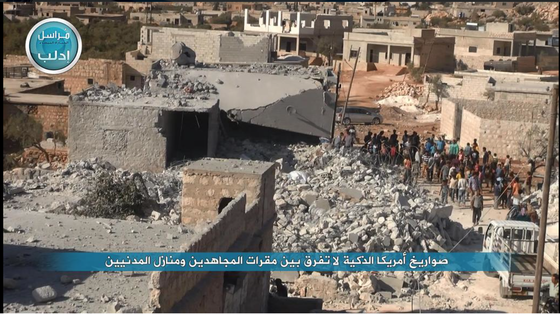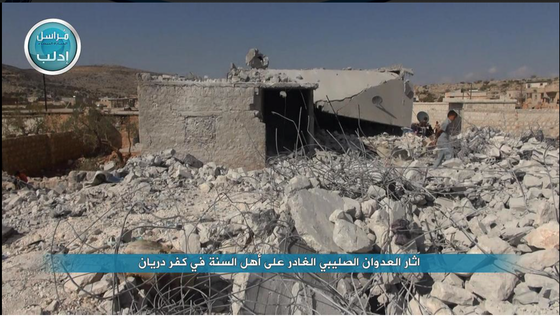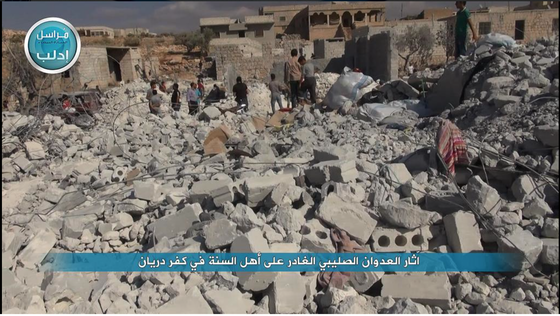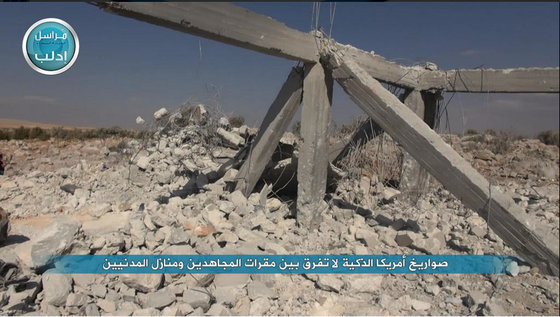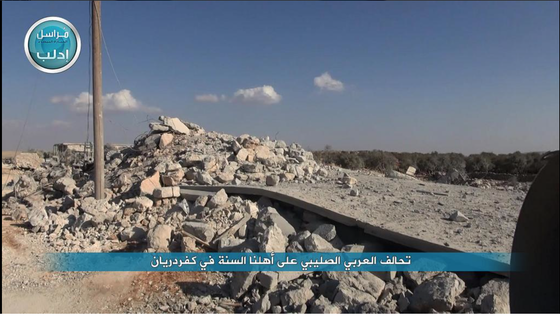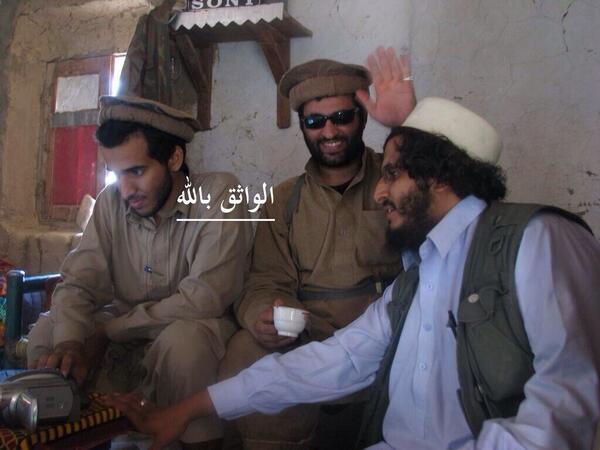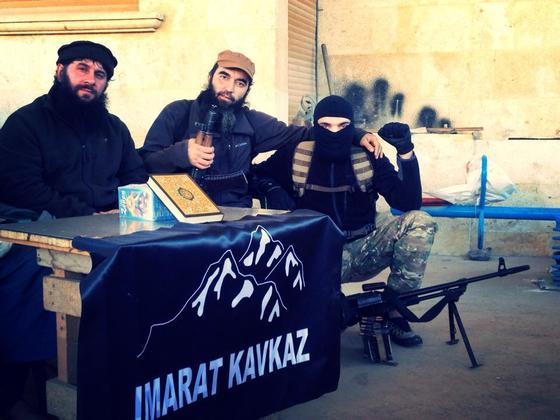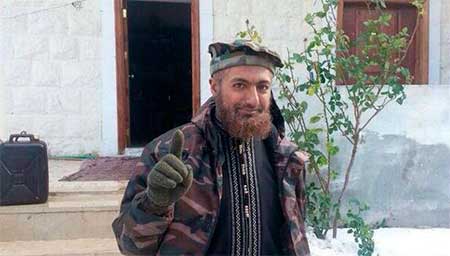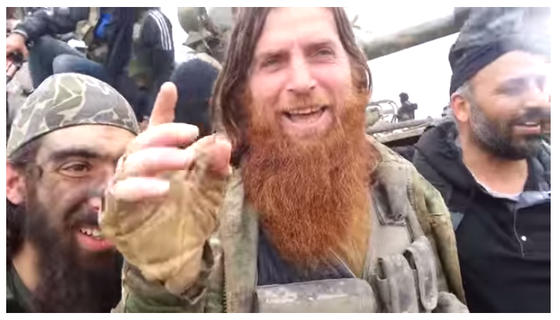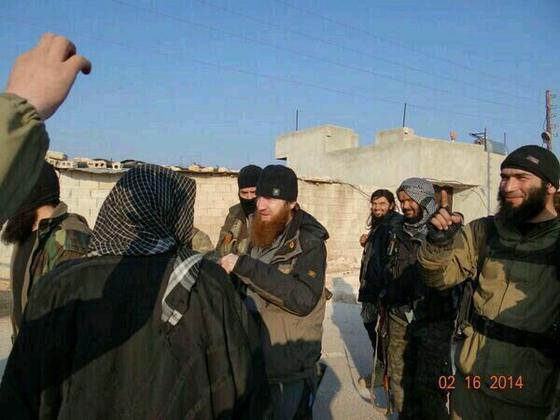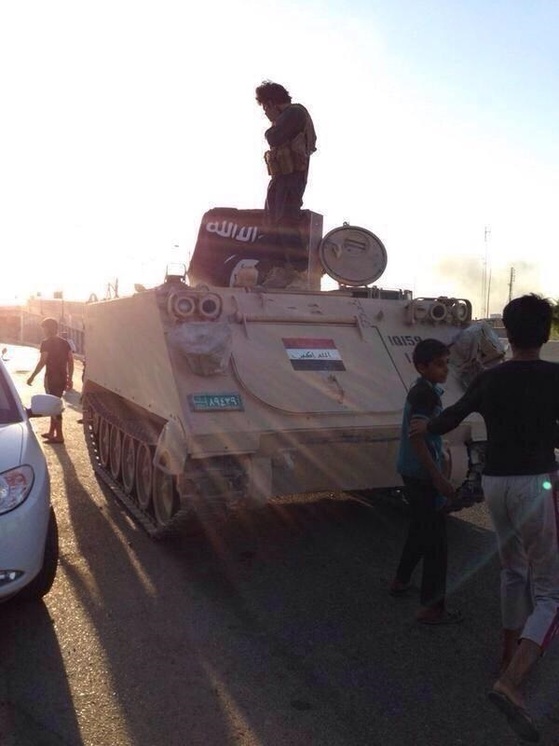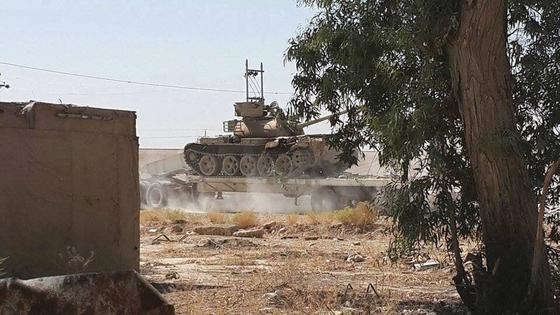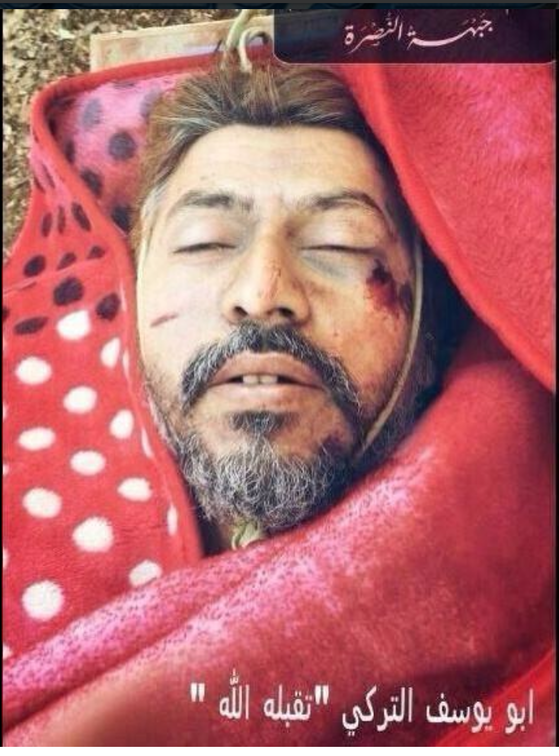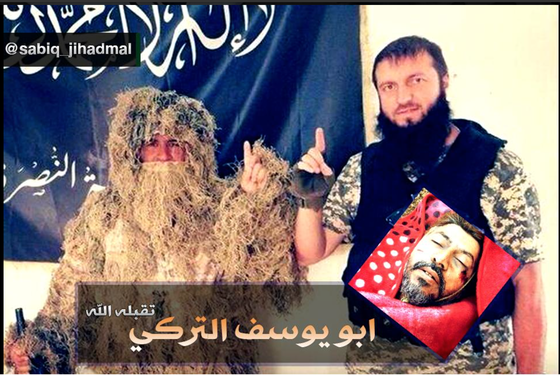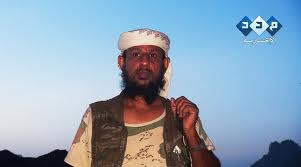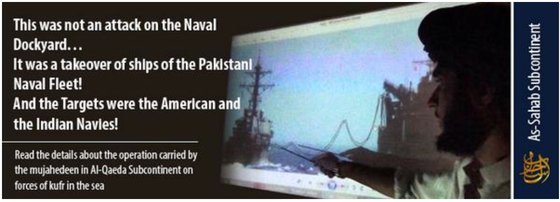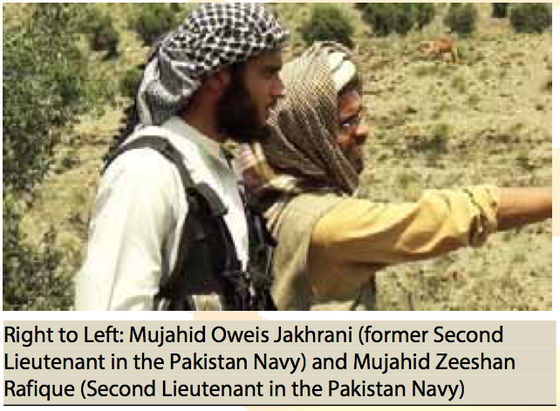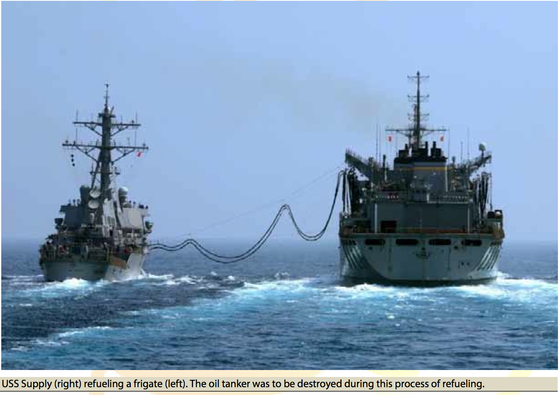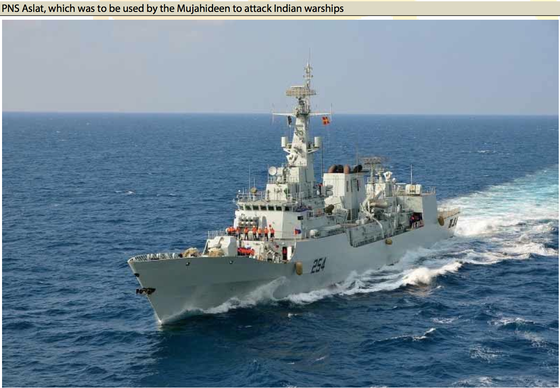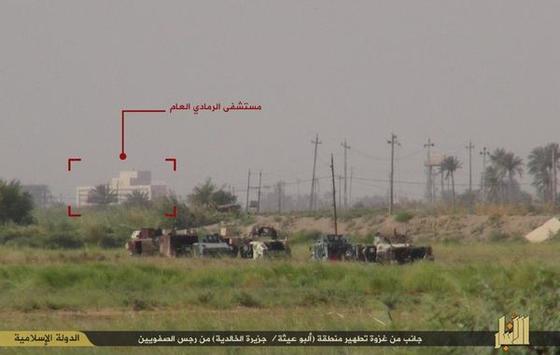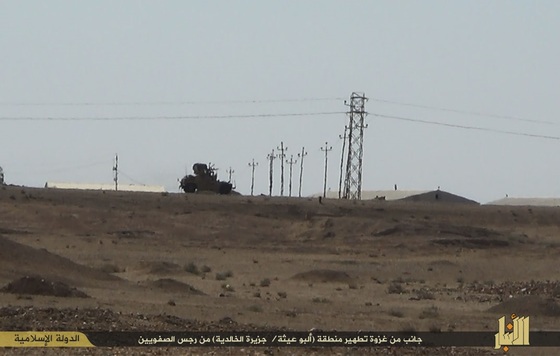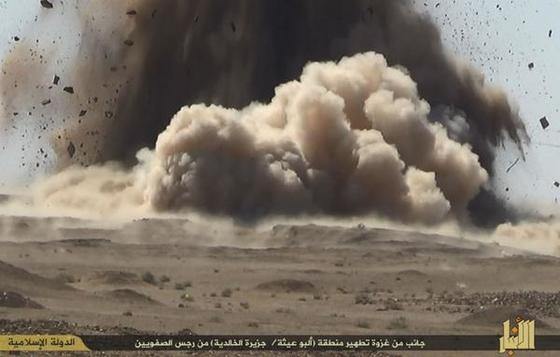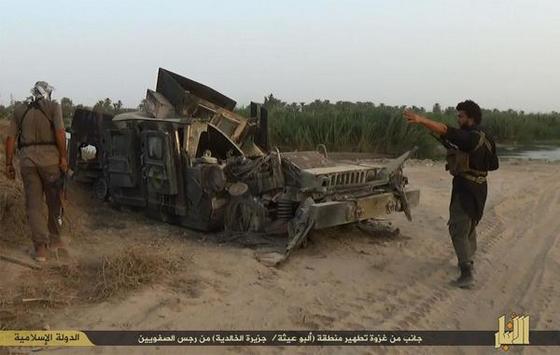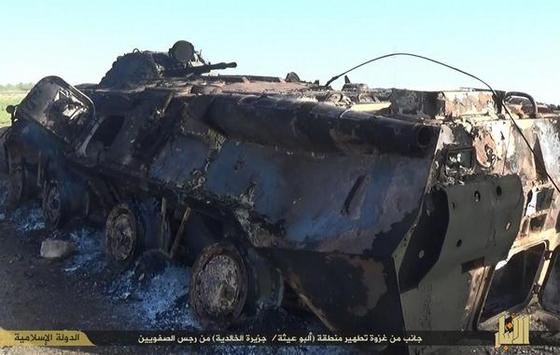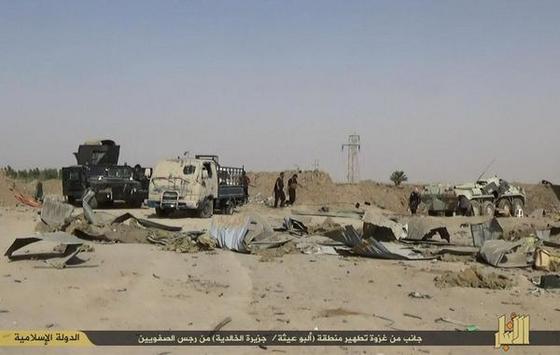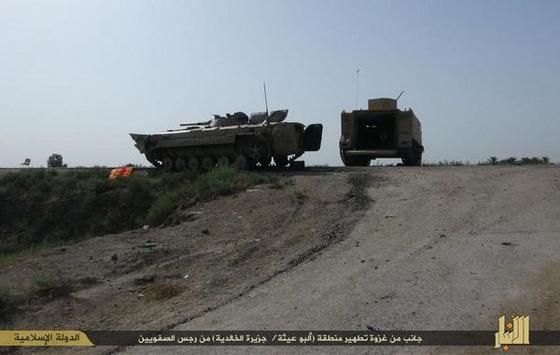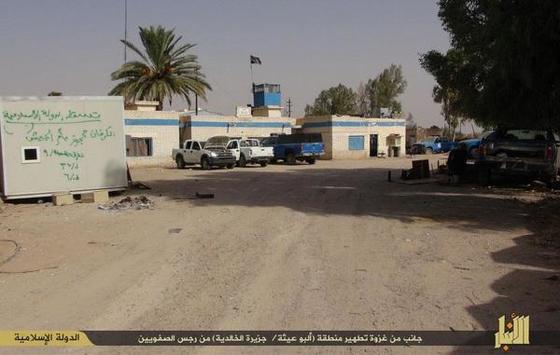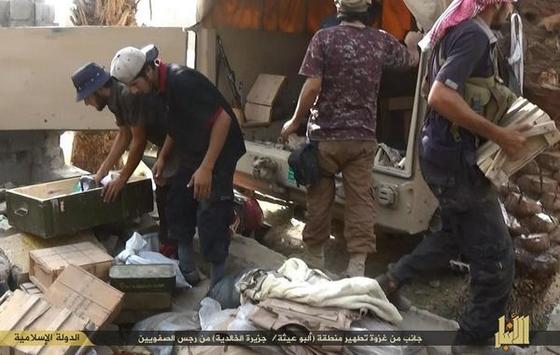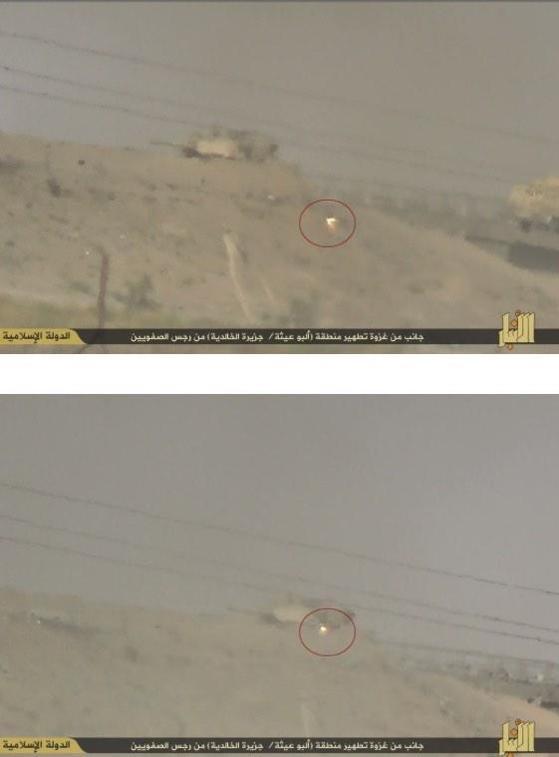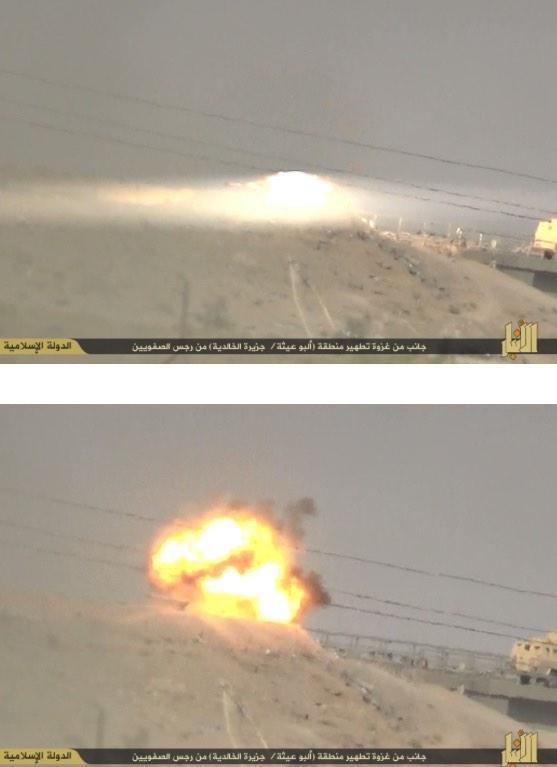This article was originally published at The Weekly Standard.
On Tuesday, Sept. 23, the US government announced that a new bombing campaign was under way in Syria. The Obama administration had been building the case for airstrikes for weeks. The president and his surrogates repeatedly highlighted the threat posed by the Islamic State (often called the Islamic State of Iraq and the Levant, or ISIL), which has captured large swaths of territory across Iraq and Syria. Unexpectedly, the administration announced that American missiles had also struck something called the "Khorasan group," which was in the final stages of planning attacks in the West. The group may even have been close to striking inside the United States.
Widespread confusion ensued. The press wondered aloud, "What is the Khorasan group?" It is a "new" terrorist organization, some reported. It is an "al Qaeda offshoot," others claimed. All of the following descriptors were used of the group: "little-known," "shadowy," "mysterious," "previously unknown."
But you have heard of the Khorasan group before. It is, to put it simply, al Qaeda.
Ayman al Zawahiri, the head of al Qaeda, ordered trusted operatives from Afghanistan, Chechnya, Iran, Pakistan, Yemen, and North Africa to relocate to Syria. Some of the al Qaeda operatives involved are so notorious that US counterterrorism officials have tracked them, off and on, for more than a decade.
Zawahiri tasked his men with plotting mass-casualty attacks in the West. And, al Qaeda reasoned, Syria offered distinct advantages over other prospective launching pads. Until the US-led military intervention, al Qaeda's terrorists had established safe havens inside the country that allowed them to set up laboratories and bomb-making factories for testing new explosive devices. Western counterterrorism defenses have made it difficult for al Qaeda to get bombs on board planes and well-trained operatives in place to carry out their missions. So the terrorists are seeking undetectable explosives, like the underwear bomb that nearly took down a Detroit-bound plane on Christmas Day 2009.
The number of Western foreign fighters inside Syria today is unprecedented, providing al Qaeda with a deep pool of recruits. Many Western fighters have gone off to fight for Jabhat al Nusrah, al Qaeda's official branch in Syria. Al Qaeda was sorting through these fighters looking for dedicated and skilled jihadists like the members of the Hamburg cell that produced the kamikaze pilots responsible for attacking New York and Washington on 9/11. Syria also offers a geographic advantage. It is much easier for al Qaeda recruits to travel to and from Syria than, say, the remote regions of Afghanistan and northern Pakistan. Indeed, American and European counterterrorism authorities are already attempting to track hundreds of fighters who have returned to the West from Syria.
It is easy to see why Ayman al Zawahiri and his subordinates decided to establish a new base of operations in Syria. Why, then, did US officials and reporters have such a hard time, at first, explaining that the airstrikes targeting the Khorasan group were really just part of our long war against al Qaeda?
The confusion is no accident. The way President Obama, his subordinates, and some US intelligence officials think and talk about al Qaeda is wrong.
On Sept. 24, national security adviser Susan Rice appeared on NBC's Today show. Citing the airstrikes against the Khorasan group and ISIL in Syria and other recent developments, host Matt Lauer asked a commonsensical question, "What happened to the days when the administration was able to say it felt confident that we had dealt a crippling blow to al Qaeda and Islamic militants?"
Rice responded, "Well, Matt, understand what we've been saying. We have been focused for many years, as you know, on al Qaeda in Afghanistan and Pakistan, what we call al Qaeda core. And that element of al Qaeda, which is the one that hatched the 9/11 plot and executed it, has been substantially degraded and doesn't at this stage pose nearly the same type of threat that it used to."
She continued, "What has happened, though, over years, is that al Qaeda has metastasized. Imagine a cancer that had an original tumor. Now elements of the cells of that tumor have moved to places like the Arabian Peninsula, Yemen, parts of Africa, Somalia, and what we call the Sahel region, Mali. And now also to Syria. So we are having to deal with each of these cells. As you've seen, we've taken action in Yemen, we've taken action in Somalia, and now we're taking action, as necessary, in Syria."
Rice's answer is both wrong and myopic.
First, the so-called Khorasan group is part of core al Qaeda. The idea that terrorists cannot be core al Qaeda solely because they are located outside of Afghanistan and Pakistan is obtuse. Documents recovered in Osama bin Laden's compound show that the al Qaeda master ordered some of his minions out of the drones' kill box in northern Pakistan and maintained ongoing communications with terrorists around the globe. The general manager of al Qaeda's global network today is in Yemen.
Al Qaeda operatives can and do travel around the world, especially to and from Syria. Muhsin al Fadhli, a Kuwaiti who was targeted in the airstrikes, was first involved in al Qaeda's attack planning as early as 2002. Fadhli has been tied to the Oct. 6, 2002, attack on the French ship MV Limburg, as well as the Oct. 8, 2002, attack against US Marines stationed on Kuwait's Faylaka Island. One Marine was killed in the Faylaka Island shootout. Fadhli is so trusted within al Qaeda that he was one of the few jihadists to have foreknowledge of the 9/11 attacks, which, for obvious reasons, were kept secret beforehand. The US government first designated Fadhli an al Qaeda terrorist in 2005.
One of Fadhli's co-leaders in al Qaeda's Khorasan group is a jihadist known as Sanafi al Nasr, who is a third cousin of Osama bin Laden. Nasr, who leads a senior planning committee within al Qaeda, in addition to other duties, was groomed to rise through al Qaeda's ranks at a young age because of his impeccable pedigree. Several of his brothers, two of whom were once detained at Guantánamo before being freed, became loyal al Qaeda operatives. Other family members, including his father, have been tied to al Qaeda as well. Gulf donors know that Nasr will put their money to good use for al Qaeda because he is a fully made man.
Fadhli, Nasr, and their cohorts in the Khorasan group are, by any reasonable definition, core al Qaeda members. In addition, Fadhli and Nasr once oversaw al Qaeda's Iran-based network, which the Obama administration has described as a "core facilitation pipeline" for al Qaeda. Al Qaeda terrorists with similar backgrounds have been identified in each of the other geographic areas Rice listed.
Second, al Qaeda's planned attacks, staged from Syria, directly refute Rice's claim that "it doesn't at this stage pose nearly the same type of threat that it used to." Administration officials justified the airstrikes on the Khorasan group--that is, al Qaeda--by explaining that it posed an "imminent" threat to the West. "Intelligence reports indicated that the group was in the final stages of plans to execute major attacks against Western targets and potentially the US homeland," Lieutenant General William Mayville, director of operations for the Joint Chiefs of Staff, explained to reporters after the airstrikes. In other words, "core" al Qaeda in Syria was planning 9/11-style attacks.
Third, by likening al Qaeda to cancer, Rice employed the same tortuous metaphor that administration officials have repeated over and over. As anyone who has had a loved one pass away from cancer knows, however, metastatic cancer is one of the worst-case scenarios. Even if the "original tumor" is "substantially degraded," tumors elsewhere can be just as lethal, if not more so. No one wants to hear that a cancer has metastasized, and doctors desperately try to prevent it from doing so. And, of course, it is no comfort to family and friends of the deceased to learn that they died from a secondary tumor rather than the original one.
The administration's cancer metaphor is particularly absurd with respect to al Qaeda. Only by defining "core" al Qaeda in exceptionally narrow terms can one claim it has been decimated. The attack planning in Syria alone is enough to undermine this perception.
What administration officials also ignore is that al Qaeda's geographic expansion, or "metastasis," has always been part of the plan. Despite al Qaeda's leadership disputes with ISIL, there are more jihadist groups openly loyal to al Qaeda today than on 9/11 or when Barack Obama took office in January 2009. Earlier this month, the group announced the creation of a fifth regional branch, Al Qaeda in the Indian Subcontinent (AQIS), which likely subsumes several existing jihadist organizations. On Sept. 6, AQIS-trained fighters boarded a Pakistani ship. Al Qaeda says they were attempting to launch missiles at an American warship, which would have been catastrophic, both in terms of the immediate damage and the ensuing political crisis in Pakistan. AQIS joins Al Qaeda in the Arabian Peninsula (AQAP), Al Qaeda in the Islamic Maghreb (AQIM), Jabhat al Nusrah (Syria), and Al Shabaab (Somalia) as formal branches of al Qaeda, all of which owe their loyalty to Zawahiri. Other unannounced branches of al Qaeda probably exist, too. These are not just "cells," as Rice put it, but fully developed insurgency organizations that challenge governments for control of nation-states.
Other administration officials did a better job than Rice of explaining the Khorasan group. Ben Rhodes, a deputy national security adviser to the president, explained that it was made up of "core al Qaeda operatives" who had relocated to Syria. President Obama said they are "seasoned al Qaeda operatives." But accurate descriptions such as these have been the exception, not the rule, when it comes to the Obama administration's descriptions of al Qaeda.
President Obama has long spoken of al Qaeda in exactly the terms used by Rice. "Today, the core of al Qaeda in Afghanistan and Pakistan is on the path to defeat," Obama said in a speech at the National Defense University on May 23, 2013. "Their remaining operatives spend more time thinking about their own safety than plotting against us."
It is no wonder that, initially, there was such public confusion over the Khorasan group. Its very existence refutes the US government's paradigm for understanding the terrorist threat. Now more than ever, the administration should revisit its assessments of al Qaeda. The idea that there is a geographically confined "core" of al Qaeda in South Asia that has little to do with what happens elsewhere is undermined by a mountain of evidence. Al Qaeda is still a cohesive international network of personalities and organizations. The details of al Qaeda's plotting in Syria make this clear.
And, according to the administration itself, al Qaeda was close to striking the West once again.


